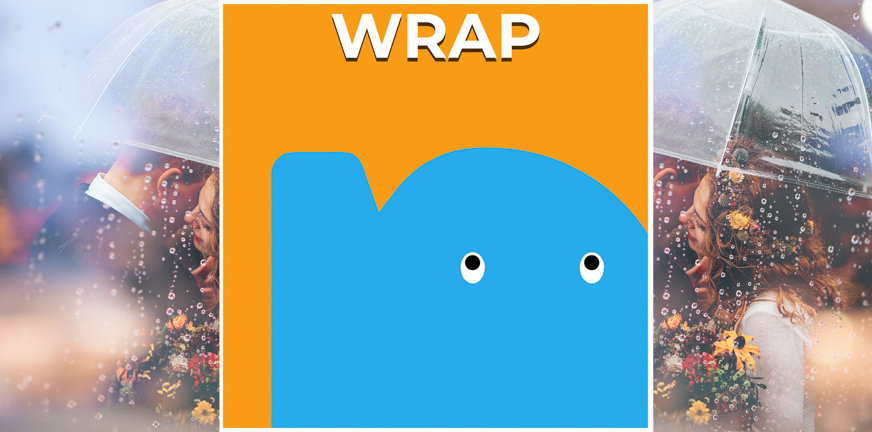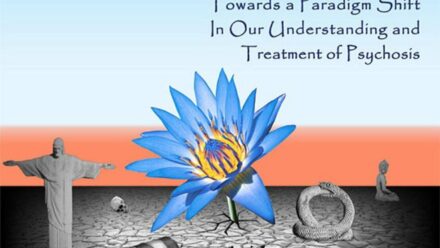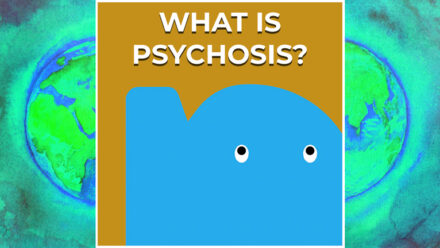
WRAP stands for Wellness Recovery Action Plan and comes originally from the United States. It is a method for recovery that helps you get a grip on your life again, after the chaos of a shocking experience. You can do WRAP alone or in a group, with other peers, or with the help of a recovery coach.
What is WRAP – Wellness Recovery Action Plan?
WRAP is an instrument to gain self-knowledge. Since 1997, WRAP has successfully helped people in the US with a psychiatric history. The method is now being adopted in a growing number of European countries. These work groups are a promising road towards a more stable and happy life, based on your own values and choices.
WRAP consists of:
- Toolbox to help you feel good
- Action plan: daily maintenance
- Action plan: triggers
- Action plan: early warning signs
- Action plan: signals of going off-track
- Crisis-plan
- Post-crisis Plan
In most cases, you work on your personal plan in a group of 8 to 10 people, in ten weekly meetings. Two group coaches, both with lived experience, are there to support you.
Toolbox
Most important part of WRAP is the toolbox to help you feel good. You describe what you need to make you feel happy. This can be any thing or aspect of your daily life. Subsequently, you write down what you can do yourself to achieve these sources of happiness, in six simple steps. Because when you are – and stay – happy, you are much more likely to keep your balance.
Action plan
The action plan consists of several points to guide you through your days. The second point, daily maintenance, can tell you what you are like when you feel good and what routine you should adopt to keep feeling happy. Point three is about outside triggers that can throw you off balance. Here you keep track of what you can do to avoid and/or deal with those triggers. The same goes for point four of the action plan: early warning signs that signal loss of balance. Point five lists the signals of crisis, followed by a crisis plan (point six) and a post-crisis plan (point seven): how can you regain your balance and control after a crisis?
Perspective
There’s nothing magical about this method and neither is it an instant recipe for recovery. It is simply a practical instrument that can offer hope, perspective, and a chance of recovery. The key aspects of WRAP are hope, personal responsibility, personal development, standing up for yourself, and offering as well as giving support.
Facilitators
WRAP does not involve any professional care workers. Instead, two trained specialists with lived experience accompany the group. More and more mental healthcare facilities are offering WRAP groups. They can be seen as a more optimistic alternative for the more pessimistic regular psychiatry, that thinks in terms of chronic disease and symptom reduction.
In control of your life
WRAP’s founding mother is Mary Ellen Copeland. As a child, she witnessed the serious psychiatric problems of her mother. Later she followed the same path. Her therapists gave her no hope and only prescribed medication to suppress her symptoms. Copeland refused to accept this fate and tried to regain control of her own life. Together with other patients, she developed the self-help method WRAP and started the Copeland Center
WRAP course
You can do WRAP as a course, working in a step-by-step way together with fellow course members. Every step is reflected upon and discussed to exchange ideas. These steps are then written down in a first draft, on which each course participant can further shape and adjust.
Strength
The course focuses on strength instead of symptoms, by working from a perspective of hope, personal responsibility, self-assertion and both giving and receiving support. These are the core principles of recovery. The plan thus only focuses on what the patient is doing right.
Solidarity
Doing WRAP in a group makes it much more effective and valuable. Together with other people, you draft rules to create a collective safe space of trust and understanding. By sharing experiences in a community, people can learn from each other. This can lead you to new ideas that might help you in life. The experiences of others can also be a source of comfort, inspiration or hope.
Get started with WRAP
A helpful English book to guide you through wrap is Pathways to Recovery. A Strengths Recovery Self-Help Workbook.




